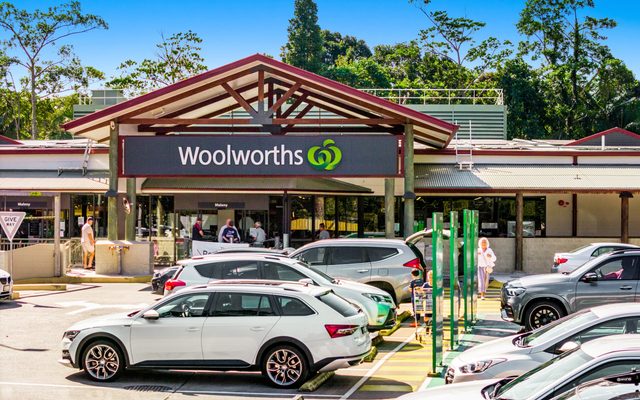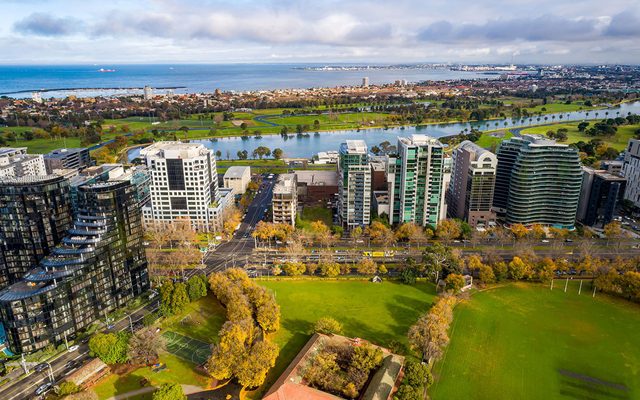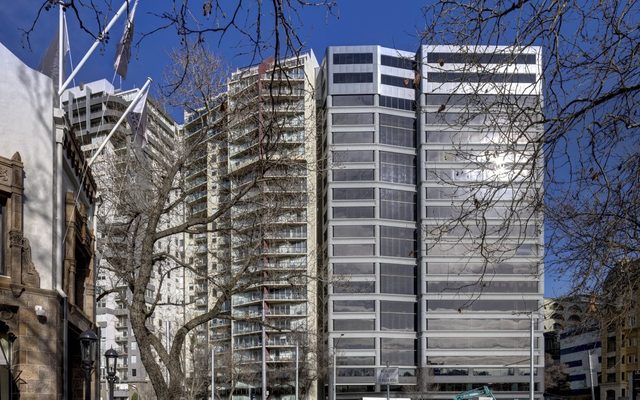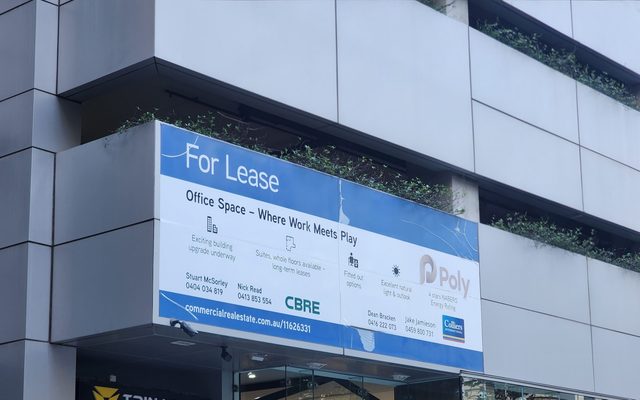This article is from the Australian Property Journal archive
INVESTMENT returns for Australian car parks have risen in the last 12 months, according to new research by Colliers International.
Yields for well-established commercial car parks are generally above commercial buildings that are in the same price range and in comparable locations.
The most recent significant car park sale was a component of 300 Flinders St in Melbourne, which transacted in November 2011. This sale reflected an initial yield of 7.6%.
In the Sydney CBD, the most recent sale was the Cinema Car Park located at 521-527 Kent St in Melbourne, which was transacted in 2009. This car park was subject to a short-term lease and reflected an initial yield of 8.35%, with an internal rate of return analysed at 10.68%.
“Our analysis of freehold car park sales between 2009 and 2011 within Sydney, Melbourne, Brisbane and Adelaide reflects initial yields ranging from 7.60% to 9%,” Colliers International valuations manager Chris Milou said.
“Any fluctuation in yields over the previous ten years has correlated with the fluctuation in commercial yields over this period, with a 50 to 100 basis point spread generally being reflected between freehold car parks and commercial investments.”
Colliers International national director of research Nerida Conisbee said the number of car parks in Australian CBDs had increased from 141,690 in 2006 to 153,400 in 2011, with the strongest increases being in Brisbane and Canberra.
Meanwhile, Melbourne has the most car spaces in the country with just under 40,000, but the rate of increase has slowed over the past five years.
Demand for car park space in all Australian capital cities is a result of the number of workers across the nation increasing by 100,000 people in the last five years, however this is expected to drop off.
By 2013, it is expected the ratio of workers to car parks will decline considerably, with Brisbane having the most significant decrease. The ratio for the Sydney CBD is predicted to drop to merely 11.4 car parks per 100 workers.
“The cities with the lowest ratio of car parking to workers are Sydney and Melbourne, our biggest CBDs, and the highest are in Adelaide and Brisbane,” Conisbee said.
“The decline shows a marked shift away from providing significant amounts of car parking, further discouraging car use.”
Conisbee went on say that public transport is also a contributing factor in the decline of the car park ratio.
Parking & Traffic Consultants managing partner Cristina Lynn believes changes in technology, societal trends and environmental concerns are already having a significant impact on off-St car parking.
“Individual bay sensors have changed the way that customers approach car parks and have been the most significant customer service innovation in car parking technology in the last few years,” Lynn said.
“What started out as a ‘nice to have’ for car park owners has now almost become a ‘must have’ both in new car parks being planned and in old car parks being upgraded.”
Other technological advances included new billing systems based on licence plate recognition (LPR); remote monitoring courtesy of CCTV cameras and intercoms; and electronic payment systems which utilise LPR, electronic tags or credit cards.
Lynn went on to note that changes to the physical design of car park buildings would be the next major frontier.
“We need to incorporate efficiency changes into our Australian Standard for off-St car parks and encourage the adoption of features such as bicycle spaces and end-of-trip facilities and wider column spans than the traditional 8m centres,” Lynn said.
Property Review



